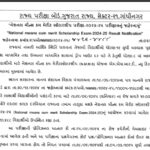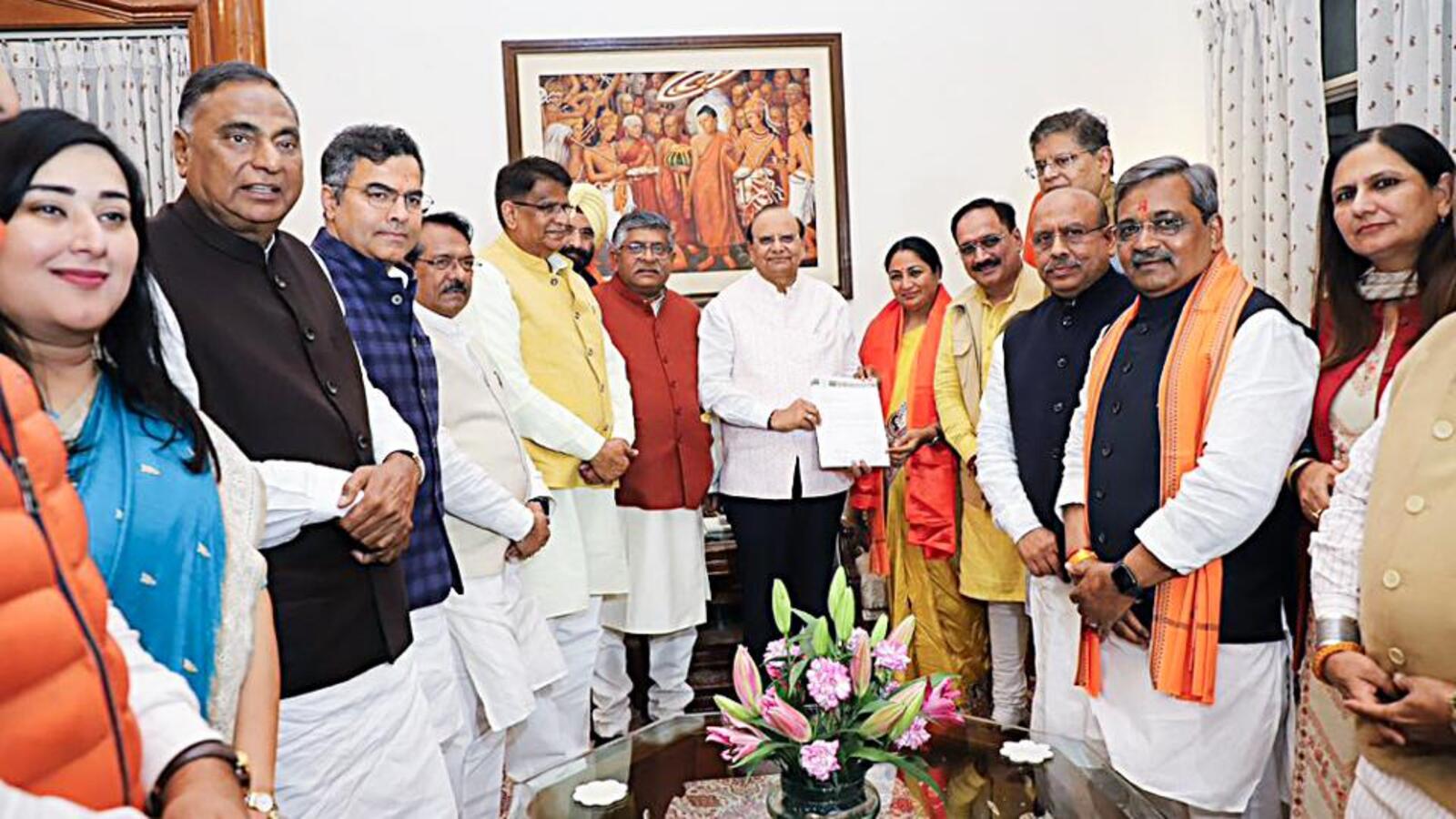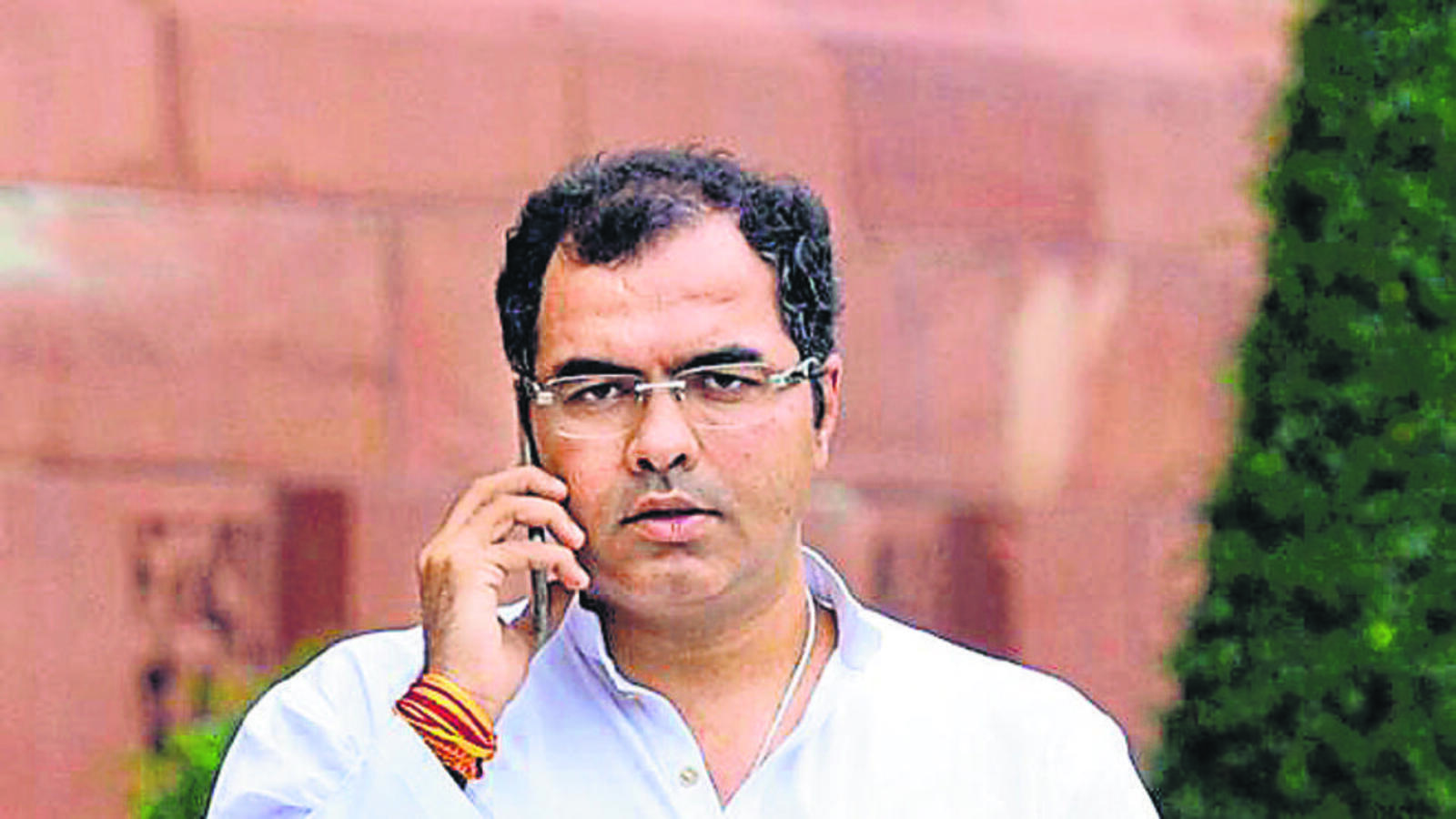The Aam Aadmi Party (AAP) lost power to the Bharatiya Janata Party (BJP) in Delhi in the 2025 assembly elections after two back-to-back massive victories. The numbers underline the magnitude of the political shift in the national capital. The BJP had just three MLAs against AAP’s 67 in the 2015 elections, whereas it now has 48 against the AAP’s 22. How did the BJP achieve this remarkable turnaround in Delhi? What went wrong for the AAP? While the headline vote share and seat share numbers tell us the basic story, they cannot do justice to the heterogeneities within the electoral landscape of Delhi.

It is to uncover these trends that HT set to analyse booth-level results of the 2025 Delhi elections and compare them with 2015 and 2020 data. These results, in keeping with Election Commission of India (ECI) guidelines were published in Form 20 data on February 13. In 2025, Delhi had a total of 13,766 polling booths across its 70 assembly constituencies (ACs) with an average of 686 votes per polling booth. Because the data was uploaded in a format which was not easily machine readable, a significant amount of time had to be invested in cleaning the data for any analysis.
Booth level data clearly shows AAP peaked in 2015 and BJP has been gaining ground since 2020
The AAP won almost three-fourth of Delhi’s 12,177 polling booths in the 2015 assembly elections with a median victory margin of 30.1% of votes polled. This number came down to 64.4% and 25%respectively in the 2020 elections. The biggest beneficiary of fall in AAP’s granular dominance between 2015 and 2020 was the BJP, which saw its saw share of booths won increase from 23.1% to 35%. Because the AAP still had the tailwinds of the first-past-the-post system – a 50% vote share at the state level can lead to disproportionately high seat share – behind it in 2020, it won 63 out of the 70 ACs in the elections. The 2025 elections, however, saw the AAP ceding far more ground to the BJP. The AAP’s share of booths won fell down to just 40.2%against the BJP’s 57.9%. To be sure, there were 23 booths in 2025 where the winner was tied, but tied wins – not counted here – don’t make a significant dent in the share of booths won by the AAP and the BJP.

BJP’s comeback story gets clearer looking at booth-wise difference in AAP-BJP vote shares in last three elections…
The median (it is the middle value in a distribution) gap in the vote share polled by the AAP and the BJP at the booth level in the 2025 elections was 7.2 percentage points in favour of the BJP. The median vote share gap between the AAP and the BJP was 22.1 and 11.1 percentage points in the 2015 and 2020 elections in favour of the AAP. The bell-curve of AAP-BJP vote share difference has been shifting to the left since the last two elections with the shift being far more drastic between 2020 and 2025 than it was between 2015 and 2020. Because boundaries of polling booths, unlike that of ACs, are not frozen between elections, it is not possible to do a booth-wise matching of the past three results.

How polarised were elections at the booth-level?
While an AC is the basic representative unit in a legislative assembly, it is hardly a homogenous entity. Ideological, economic and sociological differences within an AC can generate a variety of political choices within it. One can make an argument that polling booths are likely to be less heterogeneous than an entire AC, because they are mostly located in the same economic locality and often have a common social cohort. Given this backdrop, it is interesting to look at the divergence in political choices at the AC level. In 2015 and 2020 assembly elections, a winning MLA in Delhi won a median 76.2% and 70.6% of the polling booths in his/her AC. This number fell to 65.6% in 2025, largely because of a fall in AAP’s booth-wise dominance in the ACs it won in 2015 and 2020.

Is there an economic explanation to the fall in booth-wise dominance of MLAs in 2025?
That cities are often segregated along class-lines is a widely accepted fact. Is there a way to map Delhi’s class-wise segregation with its polling booths? HT has used a dataset prepared by Shamindra Nath Roy, assistant professor at OP Jindal Global University, which classifies 2,249 localities of Delhi which are under the jurisdiction of the Municipal Corporation of Delhi (MCD) by their dominant property category. This allows one to classify polling booths by their locality into eight categories, going from poorest to richest areas. To be sure, the database is unlikely to be perfect because some polling booths can have voters from adjacent but economically different localities and its focus on asset rather than an income classification. Also, because the property classification was not possible for some localities, around half a percent of booths could not be classified. Around 40% of booths that could not be classified are in the Delhi Cantt and New Delhi ACs, where the MCD does not have jurisdiction. Given the complexity of this exercise, this was done for only 2020 and 2025 elections.
What does this matching of booth-wise results with their economic attributes tell us? The AAP’s support among Delhi voters and its lead vis-à-vis the BJP had a broad-based class appeal 2020. It polled more votes than the BJP in booths across all economic categories. In 2025, the BJP turned the tables on the AAP, winning more votes in five out of nine categories. To be sure, the BJP’s gains are significantly higher in richer localities than in poorer ones, which suggests that the AAP did retain most its core support among Delhi’s poor voters but lost because of losing the middle class or relatively rich voters. Most of Delhi’s ACs have a mix of these localities and this explains the fall in booth-wise dominance of winning MLAs in Delhi in these elections.

Did class play a role in creating spoilers at the booth level?
Tracking spoilers, or candidates ranked third with a vote share bigger than the victory margin, is an important metric to look at the role of political fragmentation in deciding overall outcomes. The number of ACs with spoiler candidates more than doubled between 2020 and 2025 assembly elections: from nine to 23. What does this number look like if one were to classify polling booths according to their economic attributes? A comparison of proportion of booths with spoilers in 2020 and 2025 shows that the proportion went up in poorer booths and decreased in richer booths. Therefore, overall, the proportion of spoiler booths did not increase as sharply as the proportion of ACs. The proportion of booths that saw the third candidate play spoiler was 11.6% in 2020, which increased to 15.6% in 2025. This once again suggests that AAP’s core voter base (among the poor) was more likely to get splintered than that the BJP’s among the relatively non-poor in Delhi in these elections.

Congress continues to be a weak, inconsistent force in Delhi
The Congress did not win any AC in Delhi elections from 2015 to 2025, but increased its vote share between the 2020 and 2025 elections. This is reflected in its booth-wise performance. The party won 1.9% booths in 2015, 0.3% in 2020, and 0.8% in 2025. An economic category wise classification of the booths won in 2020 and 2025 shows that over two-thirds of the booths the party won in both 2020 (27 of 39) and 2025 (69 of 106) came from the two poorest categories. Most of the increase in its booth tally also came from these poorest two categories: with 42 of the gain of 67 coming from these two categories. Does this mean the Congress made some sort of new beginning among the poor voters in Delhi in these elections? Another statistic from booth level data shows that such a conclusion could be premature. The 106 booths the Congress won in 2025 elections were spread across 13 ACs. Only one of them – Nangloi Jat – coincides with the nine ACs where it won wards in the 2022 MCD elections. This suggests that Congress’s votes are more locally driven than because of a larger political traction for the party which ruled Delhi for 15 years until 2013.











